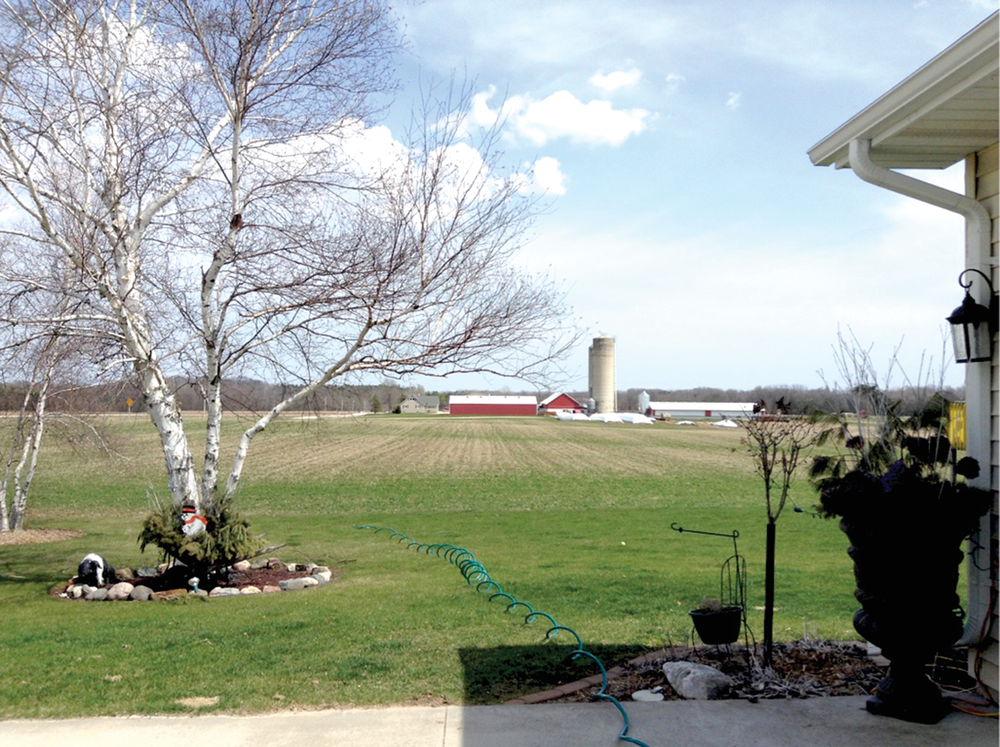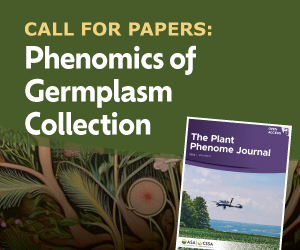Capturing Multiple Sources of Antimicrobial Resistance in Groundwater

Antimicrobial resistance is a global public health problem, contributing to more than 2 million infections per year in the U.S. alone. It has been characterized as a “OneHealth” problem because human, animal, and environmental factors are all believed to contribute. However, very few studies on antimicrobial resistance capture all three of these sectors simultaneously.
A research team working in Wisconsin's rural northeast examined the presence of antimicrobial resistance genes (ARGs)—the genetic basis of resistance in bacteria—in groundwater impacted by both residential septic systems and land‐applied dairy manure. They related ARGs detected in household wells to land use, rainfall, groundwater conditions, and well construction. They found that septic systems were the most common land use factor but also that ARGs with genetic markers for humans and cows were present at similar rates.
This study found that waste from humans and cows contributed equally to contamination of groundwater by ARGs in this setting. Mitigation efforts that consider both sources of antimicrobial resistance may be more effective than those that focus on a single source.
Adapted from Burch, T.R., Stokdyk, J.P., Firnstahl, A.D., Kieke, B.A., Cook, R.M., Opelt, S.A., … & Borchardt, M.A. (2023). Microbial source tracking and land use associations for antibiotic resistance genes in private wells influenced by human and livestock fecal sources. Journal of Environmental Quality, 52, 270–286. https://doi.org/10.1002/jeq2.20443
Text © . The authors. CC BY-NC-ND 4.0. Except where otherwise noted, images are subject to copyright. Any reuse without express permission from the copyright owner is prohibited.











